
Try-It Diet: Low-Fat
A two-week healthy eating plan
Adams Media, an imprint of Simon & Schuster, Inc.

Avon, Massachusetts
Contents
Introduction
A Try-It Diet is just that a diet that you can try out for two weeks to see if it is a good fit for you. Keep in mind that not every diet is right for every person; please consult with your doctor before making radical changes to your diet. Low fat, no fat, high fat, fake fat: it seems that dietary recommendations over the last twenty years have changed with the wind. What are we supposed to eat? Are fats bad for us, and how much is too much? These are all fair questions, and researchers are trying to answer them. Decades ago, everyone ate butter, eggs, and meat, yet obesity rates were much lower than they are now. Fad diets have come and gone, and Americans are still getting fatter.
It seems that scientists can agree on a few facts. One is that fat, gram for gram, provides more than twice the calories as carbohydrates and protein, the other main molecules in food. And another is that we need fat in our diets. In the middle of the last century, people ate mostly whole foods, that is, foods that are not processed or that have artificial ingredients and added chemicals. Snack foods, fast food, and junk food were not readily available. Many of us, in fact, had fast-food meals strictly as an occasional treat! And we were much more active than we are today.
Today the emphasis is more on good fat than super-low or no fat. We have to eat fat in order to absorb vitamins and obtain the essential fatty acids that are necessary for cell growth and production. The trick is to eat fats that are healthy. Monounsaturated fats, found in olive oil, nuts, and avocados, among other foods, may actually help reduce the risk of heart disease and theyre delicious! Its easy to transform recipes to use these healthy fats, and youll love how your food tastes. Low fat is defined as 30 percent of calories from fat. Most Americans currently get 35 to 40 percent of their daily calories from fat, so while transforming your diet to a low-fat diet is a change, its not that drastic.
Simple changes in the way you cook, cutting down on fat in recipes, and adding flavor with healthy, delicious ingredients will soon become second nature. For many people, the very term low-fat means boring, flavorless food that is good for you, but that nobody wants to eat. That doesnt have to be the truth. Low-fat foods, made using good, healthy fats, can be delicious. You can use them to form the basis for a healthy diet. There is only one true bad fat: trans fat.
This artificial substance is created by pumping hydrogen gas through oil, resulting in a tasteless, extremely stable fat that is very valuable to the food processing industry and very bad for your body. Hydrogenated fats are the only fat you really have to avoid, no matter what. Dont look at fat as the enemy. Rather, think of fat as a necessary substance you have to consume, and include fats that are actually good for you in your diet. Naturally occurring fats, including vegetable oils, monounsaturated oils, and oils found in nuts, fish, and avocados, are delicious and healthy. One of the healthiest diets on earth, the Mediterranean diet, is fairly heavy in monounsaturated fats like olive oil.
If you consume too much of any one food or ingredient, you can get sick. If your diet is too low in fat, you run the risk of becoming deficient in several critical vitamins. Vitamins A, D, K, and E are fat-soluble. That means they are carried by fat in food and stored in the fatty tissue in your body. Other nutrients, including vitamin C, are absorbed better by your body if they are accompanied by a small amount of fat. And then there are essential fatty acids.
These compounds, which your body cannot make, must come from food. Essential fatty acids are used in tissue repair and cell function. Eating a diet too high in fat one in which you get more than the recommended 20 to 35 percent of your calories from fat can lead to problems like weight gain. In its extreme, obesity, weight gain increases your risk for a multitude of health problems. Put simply, eating too much fat makes it too easy to go over the amount of calories your body needs in a day. Those excess calories, whether from sugar, fat, or protein, will be stored in your cells as fat.
And once there, its difficult to get rid of fat and shrink those cells. If youd like to explore the Low-Fat Diet in more detail, check out The Everything Low-Fat, High-Flavor Cookbook, 2nd Edition, available in print (ISBN: 978-1-59869-604-2) and eBook (eISBN: 978-1-60550-784-2) formats.
Weekly Meal Plans
Week 1
Sunday
Breakfast
Lunch
Dinner
Dessert
Monday
Breakfast
Lunch
Snack
Small apple and cup almonds
Dinner
Tuesday
Breakfast
Lunch
Snack
cup diced pineapple and 1 cup non-fat yogurt
Dinner
Wednesday
Breakfast
Lunch
Snack
3 rice cakes and 2 tablespoons peanut butter
Dinner
Thursday
Breakfast
Lunch
Snack
Banana and cup raisins
Dinner
Friday
Breakfast
Lunch
Snack
1 cup frozen grapes and cup almonds
Dinner
Saturday
Breakfast
Lunch
Dinner
Dessert
Week 2
Sunday
Breakfast
Lunch
Dinner
Dessert
Monday
Breakfast
Lunch
Snack
Medium-sized peach and cup pretzels
Dinner
Tuesday
Breakfast
Lunch
Snack
cup raisins and 4 celery stalks with 2 tablespoons peanut butter
Dinner
Wednesday
Breakfast
Lunch
Snack
1 cup non-fat yogurt with cup dried cranberries
Dinner
Thursday
Breakfast
Lunch
Snack
Medium-sized apple and cup almonds
Dinner
Friday
Breakfast
Lunch
Snack
1 cup non-fat yogurt and cup diced pineapple
Dinner
Saturday
Breakfast
Lunch
Dinner
Dessert
Quinoa Berry Breakfast Try other berries, nuts, or spices such as ginger or nutmeg to vary this nutritious breakfast cereal. Serves 4

Ingredients 1 cup quinoa 2 cups water cup walnuts 1 teaspoon cinnamon 2 cups raw blackberries
- Rinse the quinoa in a fine-mesh sieve before cooking. Place quinoa, water, walnuts, and cinnamon in a 1 -quart saucepan and bring to a boil. Reduce heat to low, cover, and cook for 15 minutes, or until all water has been absorbed.
Next page
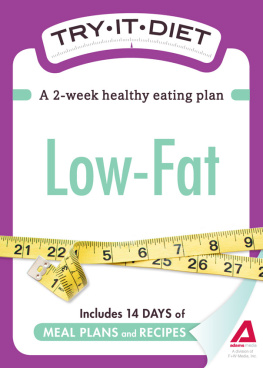
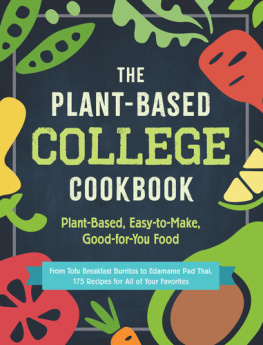
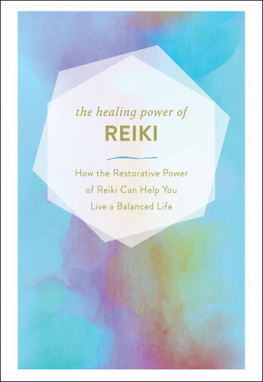
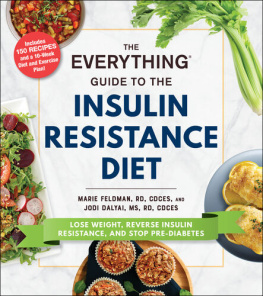


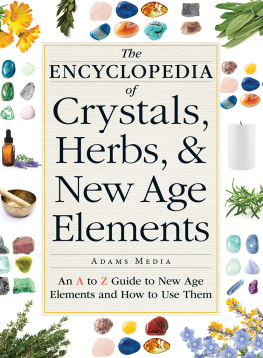
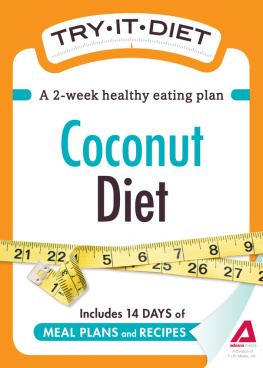

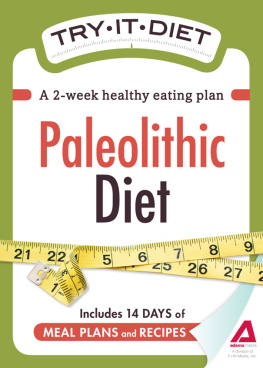

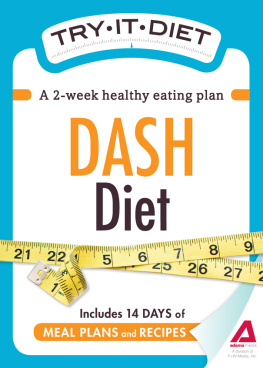
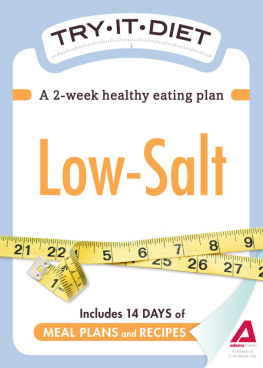
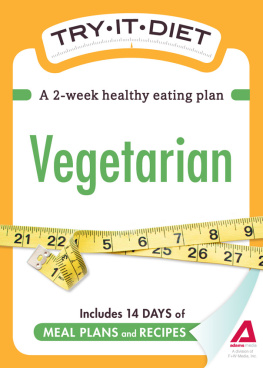
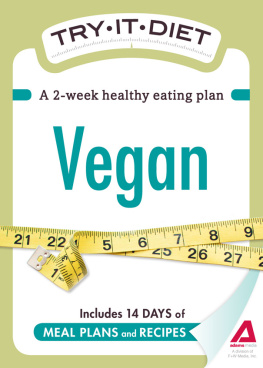


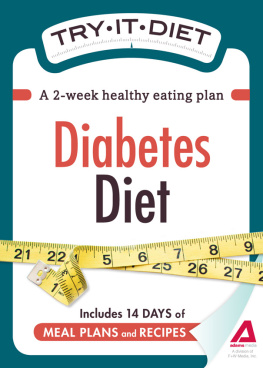
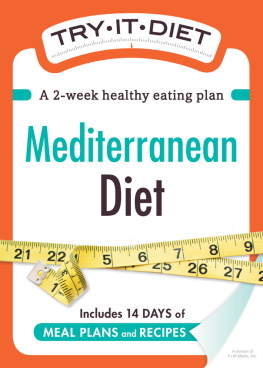

 Avon, Massachusetts
Avon, Massachusetts  Ingredients 1 cup quinoa 2 cups water cup walnuts 1 teaspoon cinnamon 2 cups raw blackberries
Ingredients 1 cup quinoa 2 cups water cup walnuts 1 teaspoon cinnamon 2 cups raw blackberries